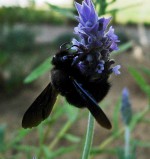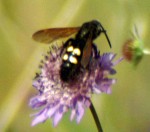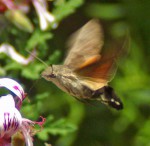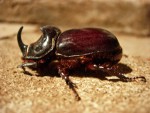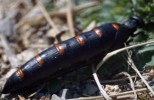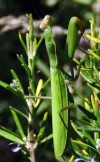The Chiffchaff, or Common Chiffchaff – Phylloscopus collybita is a common and widespread leaf-warbler which breeds in open woodlands throughout northern and temperate Europe and Asia.
September to March – Southern Spain
Although there is an increasing tendency amongst the species to winter in western Europe, well north of the traditional areas, especially in coastal southern England and the mild urban microclimate of London, the majority of chiffchaff breeding in northern Europe migrate to the warmer climes of western and southern Europe, southern Asia and north Africa.
One of the joys of living in the south of Spain is to have the privilege of the company of some of the migratory bird species that breed in the north of the continent at the other end of their journey, during the autumn and winter months. Chiffchaff are one such species, arriving in great numbers from around the middle of September. Many are just passing through on their way to north Africa, pausing in their journey to take advantage of local feeding opportunities, but for others the area is their winter home and they can regularly be spotted in a wide range of habitats from gardens and woodland to reedbeds, scrubland and even on beaches where they are backed by vegetation.
The appearance of newly arrived individuals often varies considerably; some have noticeably more yellow in their colouration, particularly in the underparts, but in general all appear sleek and well-fed.
The behaviour of the birds outside the pressurised breeding season is quite different; in my garden they will readily leave the trees and cover of shrubs, venturing down to pursue insects at ground-level. This is delightful to watch as they skip and flutter across the grass in an almost butterfly-like manner.
I have also been entertained by as many as 9 or 10 of the little birds at once that have perched on palm leaves then launched themselves off to pursue insects demonstrating their considerable aeronautical skills. Clouds of gnats are another target for them and they fly at the tightly packed circling insects, hovering in the air to pick them off.
They are keen bathers too, regularly using the bird bath in the garden as well as any available puddles. In shallow water they drench themselves, flicking and fluttering wings and tail, but if the water is too deep for them they flutter delicately across the surface, splashing themselves as best as they can. After their ablutions they sit on a nearby perch to dry themselves and preen meticulously.
The local reserve, where an extensive reedbed backs the beach, is always popular with chiffchaff . Many roost here amongst the reeds and use the area as a ‘staging post’ before making the relatively short flight across to North Africa. It is impossible to tell whether the birds you see regularly are on passage or here for the winter, but the spots I see them in are pretty consistent.
Migration
The flow of migration is spread throughout the autumn months as birds in no particular hurry take feeding opportunities as and when they are presented along their route. Many of the birds leaving northern Europe at the end of August or beginning of September may not make the crossing to North Africa until November. Chiffchaff are amongst the most numerous birds to be caught and logged by ringers working at the bird observatory on the Rock of Gibraltar. The majority of those crossing the Strait to Africa on this route will have originated in Scandinavia, with maybe a few from Great Britain.
The return migration begins as early as January – the following is an extract from the gonhs recent records:
18 Jan: After a few days with some heavy rain showers the weather cleared a bit but temperatures had dropped substantially and an influx of Chiffchaffs arrived on the Rock with many birds seen in the Botanic Gardens feeding on the nectar of flowering Aloes.








